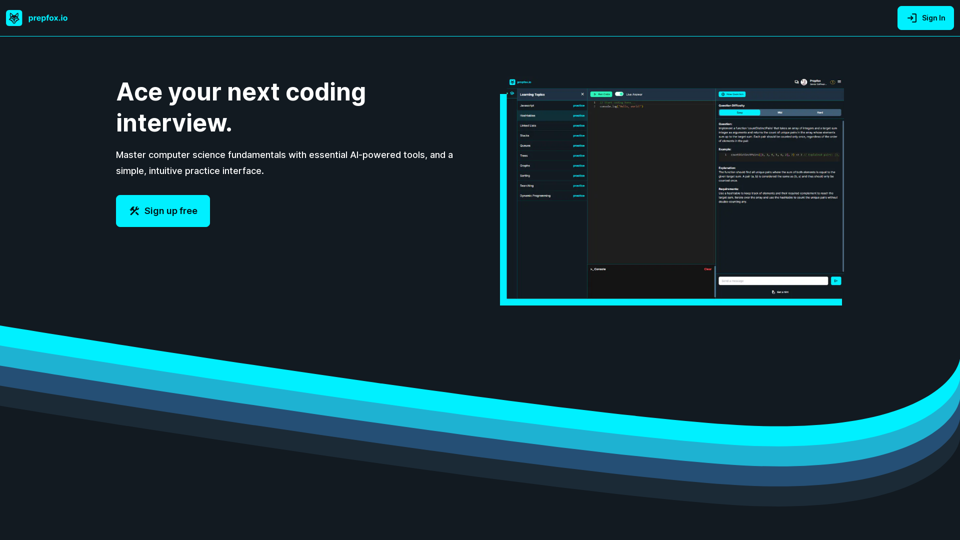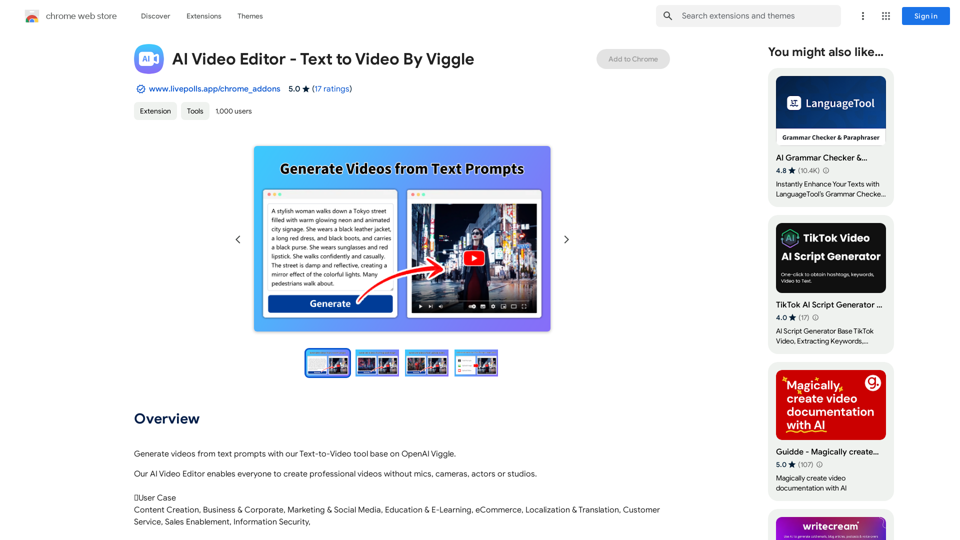Voice Master is a free Chrome browser extension that offers speech recognition and speech-to-text conversion. It allows users to convert spoken words into text, which can be inserted into any text field on web pages or a dedicated dictation window. This tool is designed to boost productivity by reducing typing time and optimizing workflow for various users.
Voice Master: Voice Recognition and Speech-to-Text Converter
Allows you to speak and have your words recognized as text, which is then added to the text parts of the webpage.
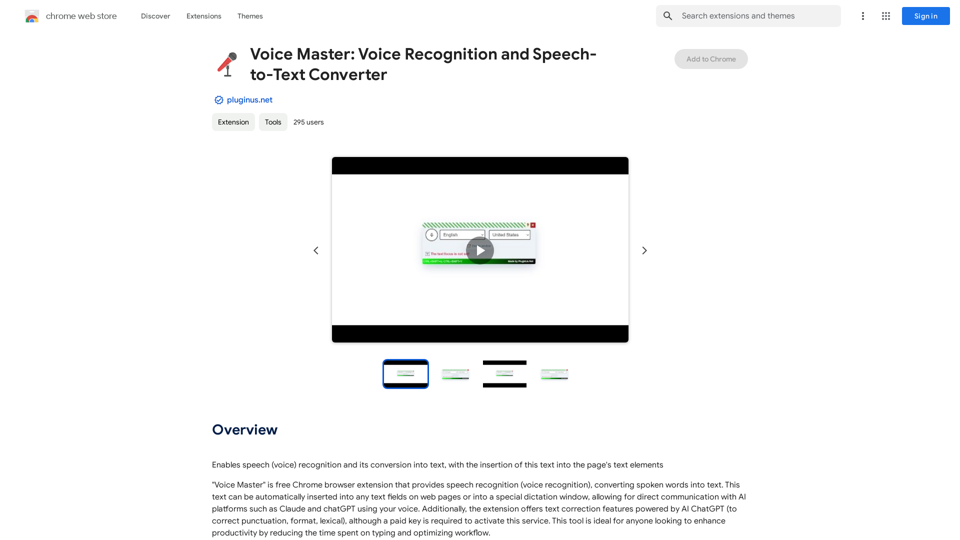
Introduction
Feature
Speech Recognition and Conversion
Voice Master provides accurate speech-to-text conversion, allowing users to dictate content directly into web page text fields or a special dictation window.
Multi-language Support
The extension supports multiple languages, making it versatile for users worldwide.
AI Integration
Voice Master integrates with ChatGPT for text correction and refinement, enhancing the quality of transcribed content.
Customizable Hotkeys
Users can toggle panel visibility and enable/disable speech recognition using hotkeys:
- CTRL+SHIFT+U: Toggle panel visibility
- CTRL+SHIFT+Y: Enable/disable speech recognition
Draggable Interface
All windows and panels of the plugin are draggable, offering a flexible user experience.
Text Replacement
Selected text can be replaced with spoken words, providing an efficient editing process.
Language Settings
Users can change language settings at any time, adapting to different linguistic needs.
FAQ
How do I use Voice Master?
- Install the Voice Master Chrome extension
- Activate voice input by toggling "on" and clicking the microphone icon
- Choose your input language and select the desired text field
- Dictate your text
- Use the dictation window to manage text and edit with ChatGPT if needed
What are the limitations of Voice Master?
Voice Master may face challenges in accurately identifying punctuation due to:
- Limitations of speech recognition APIs
- Complexity of speech models
- Need for contextual understanding in punctuation
How can I provide feedback or suggestions?
You can contact the developers through the contact form at https://pluginus.net/contact-us. They value user input for improving Voice Master.
Is Voice Master suitable for all users?
Voice Master is ideal for anyone looking to enhance productivity by reducing typing time, including professionals, students, and individuals with accessibility needs.
Latest Traffic Insights
Monthly Visits
193.90 M
Bounce Rate
56.27%
Pages Per Visit
2.71
Time on Site(s)
115.91
Global Rank
-
Country Rank
-
Recent Visits
Traffic Sources
- Social Media:0.48%
- Paid Referrals:0.55%
- Email:0.15%
- Referrals:12.81%
- Search Engines:16.21%
- Direct:69.81%
Related Websites
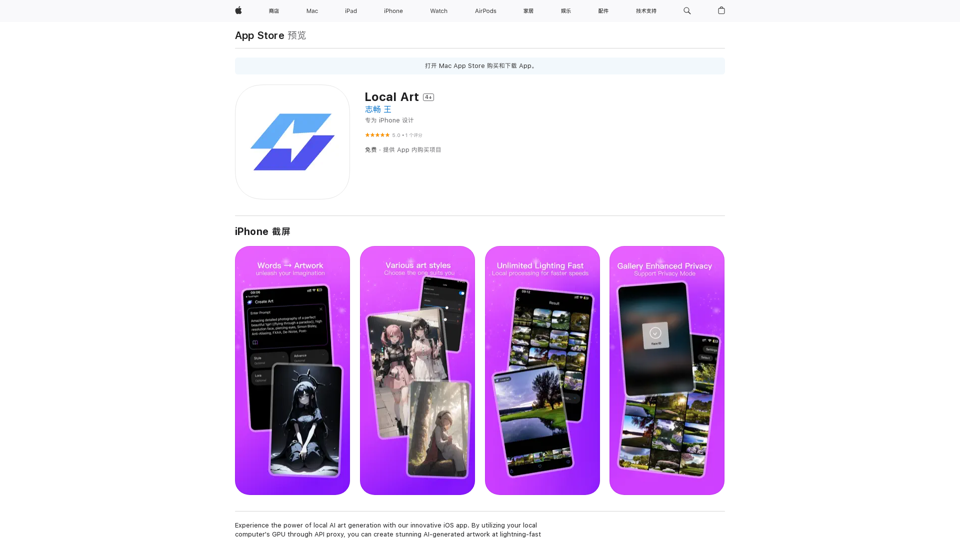
Experience the power of local AI art generation with our innovative iOS app. By utilizing your local computer's GPU through API proxy, you can create stunning AI-generated artwork without relying on cloud services, ensuring faster processing speeds and greater control over your creative vision.
124.77 M
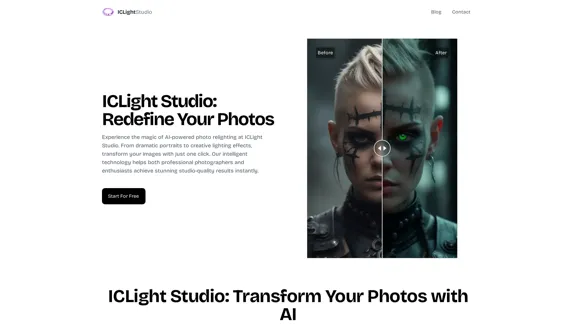
ICLight Studio - Free and Easy AI Photo Relighting
ICLight Studio - Free and Easy AI Photo RelightingTransform your photos with ICLight's free AI-powered relighting technology. Create professional studio lighting effects with simple text prompts.
0
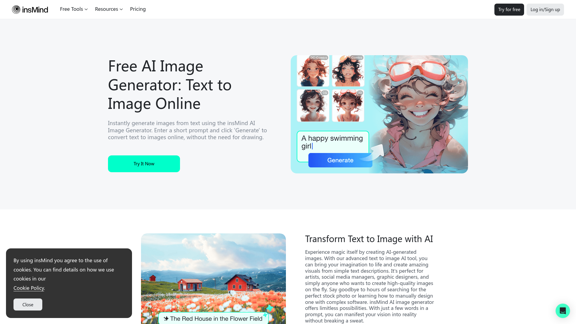
100% Free AI Image Generator: Text to Image Online | insMind
100% Free AI Image Generator: Text to Image Online | insMindLooking for a free AI image generator from text? Create stunning images with a simple text prompt using the most advanced AI text-to-image generator.
1.77 M
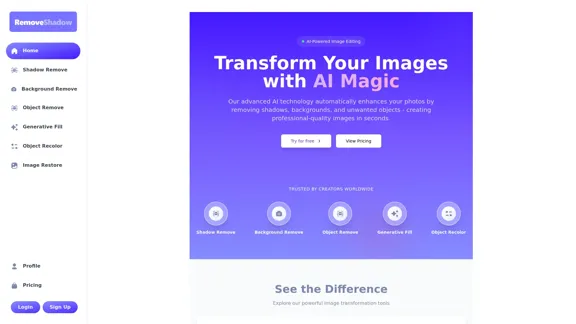
Transform your images with AI-powered technology. Remove shadows, backgrounds, and unwanted objects to create professional-quality photos in seconds.
0
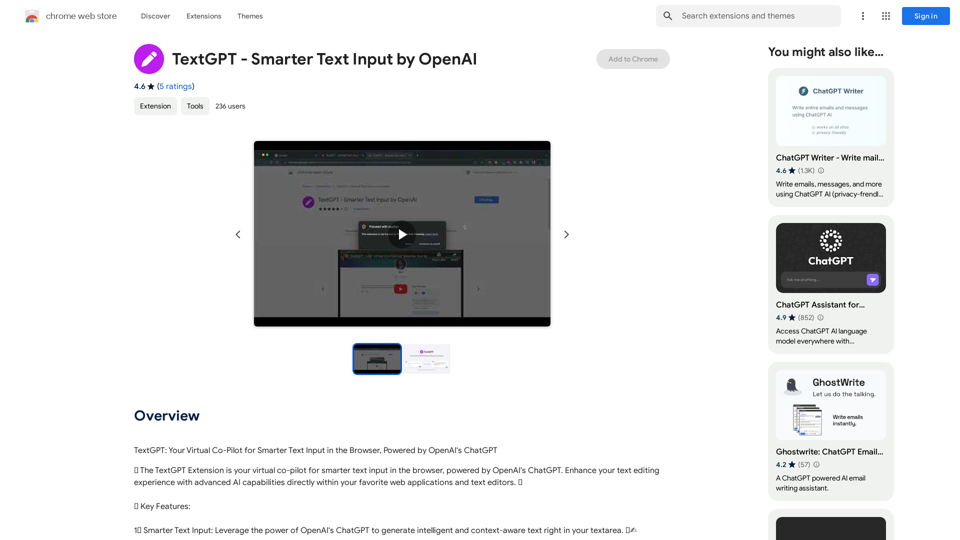
TextGPT: Your Virtual Co-Pilot for Smarter Text Input in the Browser, Powered by OpenAI's ChatGPT
193.90 M
